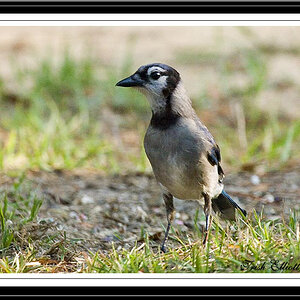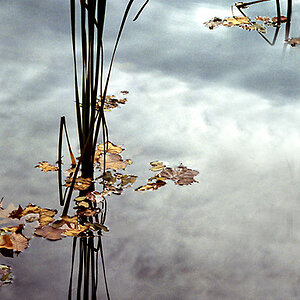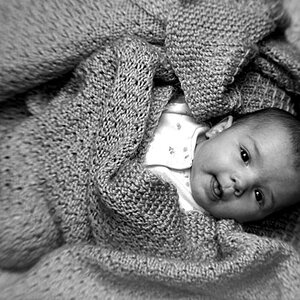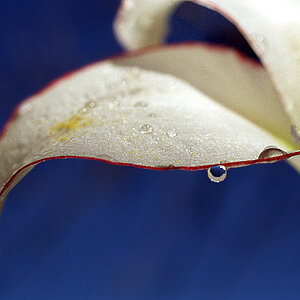photong
Typo Queen
- Joined
- Aug 7, 2003
- Messages
- 1,235
- Reaction score
- 5
- Can others edit my Photos
- Photos NOT OK to edit
I tried searching lastnight for it and I couldn't find anything.
I know I did an assignment in college and it looked like CCD was better than the CMOS. But I forget why. I think it was a sharper image? I'm not sure.
If anyone could point me int he right dorection through yourself, a thread or website, thank you. I don't have time to search on google and I need to know so maybe I can buy a new camera this weekend Weeeeee..
Weeeeee..
I know I did an assignment in college and it looked like CCD was better than the CMOS. But I forget why. I think it was a sharper image? I'm not sure.
If anyone could point me int he right dorection through yourself, a thread or website, thank you. I don't have time to search on google and I need to know so maybe I can buy a new camera this weekend











![[No title]](/data/xfmg/thumbnail/36/36657-3774cdd7ebbafa5ccac2741386b9949a.jpg?1619737675)
![[No title]](/data/xfmg/thumbnail/36/36659-4b8fd1b317df0e73ccfe5775494a6f5a.jpg?1619737675)



![[No title]](/data/xfmg/thumbnail/37/37604-7ad625e983f92f880eb65a264eeef5e4.jpg?1619738148)


![[No title]](/data/xfmg/thumbnail/37/37605-90c8efaef5b7d1f52d4bf8e7dfd33673.jpg?1619738148)

